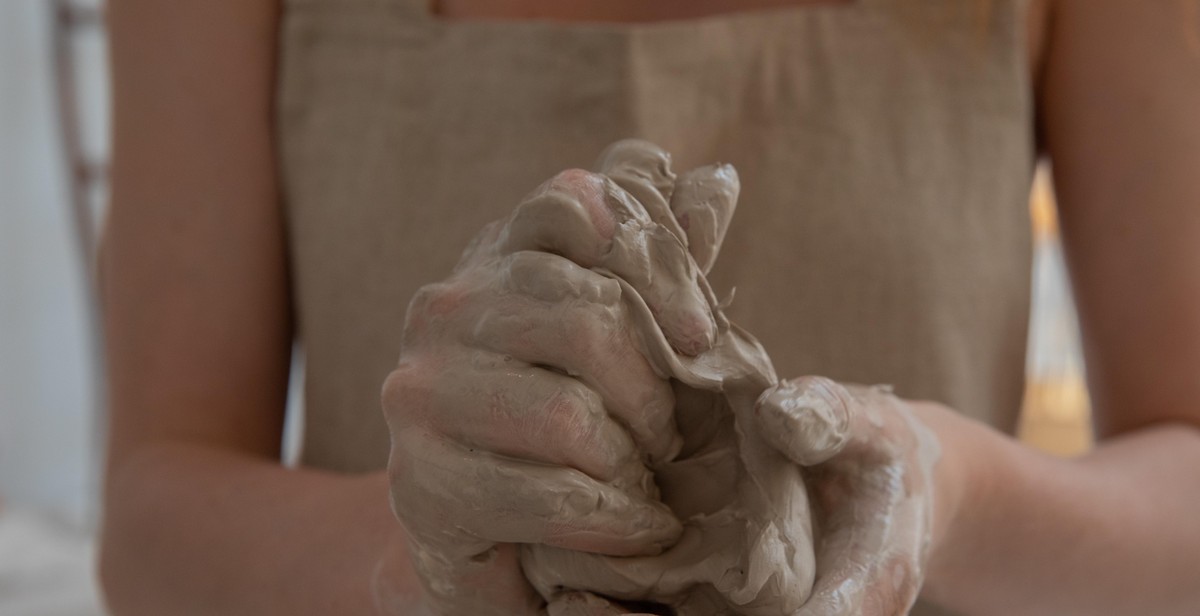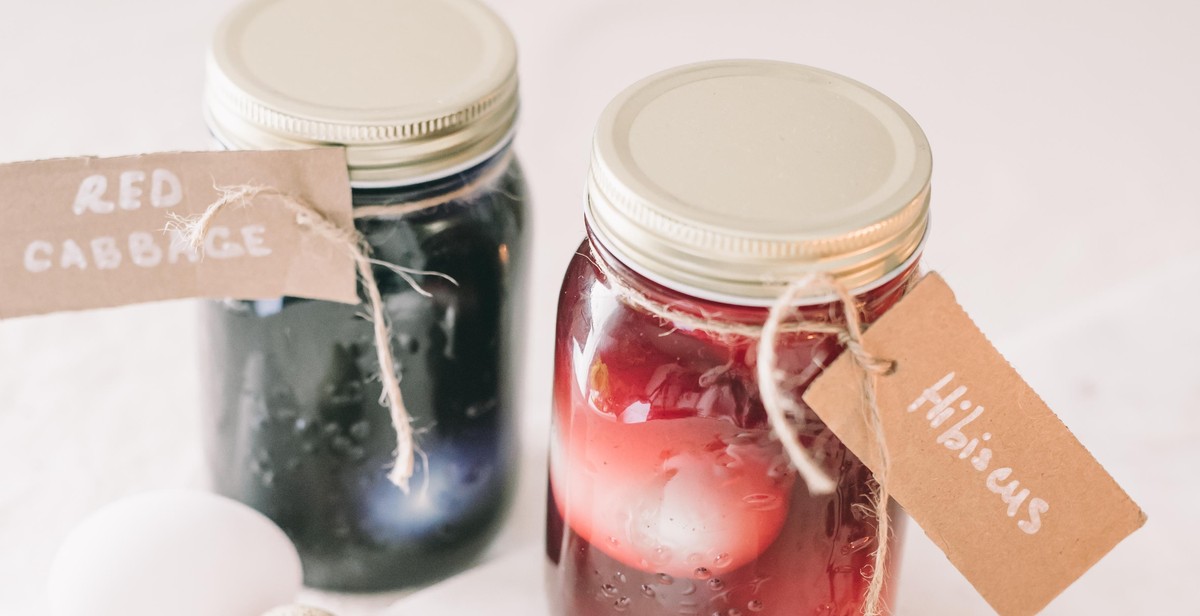Introduction: Why Make Your Own Soap?
If you’re someone who has always been interested in natural and organic products, making your own homemade soap is a perfect way to ensure that your skin is getting the best possible care. Not only is homemade soap free from harsh chemicals and synthetic fragrances, but it also allows you to customize the ingredients to suit your skin type and preferences.
Commercial soap products often contain harsh chemicals like sodium lauryl sulfate, which can irritate the skin and cause dryness. By making your own soap, you can avoid these chemicals and use natural ingredients that are gentle on your skin. You can also add essential oils and other natural ingredients that can provide additional benefits, such as moisturizing, exfoliating, or soothing properties.
In addition, making your own soap can be a fun and rewarding hobby. It’s a creative outlet that allows you to experiment with different scents, colors, and textures. Plus, you can make soap in batches and give it as gifts to friends and family.
In this article, we’ll guide you through the process of making your own soap, from choosing the ingredients to molding and packaging your finished product. Whether you’re a beginner or an experienced soap maker, you’ll find plenty of tips and tricks to help you create beautiful and nourishing soap that’s perfect for your skin.
Ingredients Needed for Homemade Soap Making
Are you tired of buying commercial soaps that contain harsh chemicals and synthetic fragrances? Making your own soap at home is a great way to ensure that your skin is getting the best care possible. Here are the main ingredients you will need to make your own homemade soap:
Base Oils
The base oils are the main ingredients in your soap recipe. They provide the soap with its cleansing properties and determine its texture. Some popular base oils used in soap making include:
- Coconut oil
- Olive oil
- Palm oil
- Sunflower oil
- Castor oil
You can use a single base oil or a combination of different oils to achieve the desired texture and cleansing properties.
Additives
Additives are ingredients that enhance the properties of the soap and add extra benefits to the skin. Some common additives used in soap making include:
- Honey
- Oatmeal
- Milk
- Clay
- Activated charcoal
Adding these ingredients to your soap recipe can make your soap more moisturizing, soothing, or exfoliating, depending on the additive used.
Lye
Lye is a necessary ingredient in soap making as it is what causes the oils to saponify and turn into soap. It is important to handle lye with care as it is a caustic substance that can cause burns. Always wear protective gear and follow safety instructions when handling lye.
Essential Oils
Essential oils are used in soap making to add fragrance and additional benefits to the skin. Some popular essential oils used in soap making include:
- Lavender
- Tea tree
- Peppermint
- Eucalyptus
- Lemon
Using essential oils in your soap recipe can provide aromatherapy benefits and add a pleasant scent to your soap.
| Ingredient | Properties |
|---|---|
| Base oils | Cleansing and texture |
| Additives | Moisturizing, soothing, or exfoliating |
| Lye | Causes oils to saponify and turn into soap |
| Essential oils | Fragrance and skin benefits |

Equipment Needed
Before you start making your own homemade soap, it is important to have the right equipment. Here are the essential items you will need:
Safety Gear
When making soap, safety is a top priority. You will need to wear protective gear to avoid any accidents. Here are some safety gear items to consider:
- Gloves
- Eye protection
- Long-sleeved shirt and pants
- Closed-toe shoes
Mixing Bowls and Spoons
You will need mixing bowls and spoons to mix your soap ingredients together. It is recommended to use stainless steel or heat-resistant plastic bowls and spoons.
Soap Mold
A soap mold is used to shape your soap into the desired shape and size. You can use a variety of materials for your mold such as silicone, plastic, or wood. Make sure to choose a mold that will fit the amount of soap you are making.
Stick Blender
A stick blender is a great tool to have when making soap. It will help you blend your ingredients together quickly and efficiently. Make sure to choose a blender with a stainless steel blade and a powerful motor.
| Equipment | Recommended Brands |
|---|---|
| Safety Gear | Kimberly-Clark Professional, 3M, Honeywell |
| Mixing Bowls and Spoons | Stainless Steel Mixing Bowls, OXO Good Grips Mixing Bowls, Heat-resistant Plastic Mixing Bowls |
| Soap Mold | Silicone Soap Mold, Plastic Soap Mold, Wooden Soap Mold |
| Stick Blender | Cuisinart Smart Stick Hand Blender, Braun MultiQuick Hand Blender, KitchenAid Hand Blender |

Preparing to Make Soap
Making homemade soap is a fun and rewarding activity. However, it requires some preparation to ensure the soap turns out perfectly. Here are some steps to follow when preparing to make soap:
Calculating the Amount of Lye and Water Needed
The first step in making soap is to calculate the amount of lye and water needed. Lye is a caustic substance that is used to saponify the oils in the soap. It is important to use the correct amount of lye to ensure the soap is not too harsh on the skin. There are many online calculators available to help determine the correct amount of lye and water needed based on the type and amount of oils used in the recipe.
Measuring the Oils and Additives
After calculating the amount of lye and water needed, the next step is to measure the oils and additives. This includes measuring out the base oils such as olive oil, coconut oil, and palm oil, as well as any additional ingredients such as essential oils, herbs, or colorants. Accurate measurements are important to ensure the soap turns out as intended.
Preparing the Lye Solution
Once the oils and additives are measured, the next step is to prepare the lye solution. This involves carefully measuring the lye and water and mixing them together in a well-ventilated area. It is important to wear protective gear such as gloves and goggles when working with lye as it can cause burns and irritate the skin and eyes. The lye solution should be mixed until it is clear and then set aside to cool.
By following these steps, you can ensure that you are properly prepared to make your own homemade soap.

Making the Soap
Once you have all the necessary ingredients and equipment, you can start making your own homemade soap. The process involves mixing the oils and lye solution, adding essential oils and additives, and pouring the soap into the mold.
Mixing the Oils and Lye Solution
The first step in making soap is to measure out the oils and lye solution. It is important to do this accurately, as the right proportions are essential for a successful batch of soap. Once you have measured out the oils and lye solution, heat the oils until they are melted and then add the lye solution to the oils. Use a stick blender to mix the oils and lye solution until they reach trace, which is the point at which the mixture thickens and begins to look like pudding.
Adding Essential Oils and Additives
After the mixture has reached trace, you can add essential oils and any other additives you may want to use, such as herbs or exfoliants. Be sure to mix everything thoroughly so that the additives are evenly distributed throughout the soap mixture.
Pouring the Soap into the Mold
Once you have added the essential oils and additives, it is time to pour the soap mixture into the mold. You can use any type of mold you like, but silicone molds are a popular choice as they are easy to use and release the soap easily. After pouring the soap into the mold, cover it with a towel or blanket to keep it warm and allow it to set for 24-48 hours.
After the soap has set, you can remove it from the mold and cut it into bars. The bars will need to cure for several weeks before they are ready to use. During this time, the soap will harden and become milder and longer-lasting.

Letting the Soap Cure
Once you have cut the soap into bars, it’s time to let it cure. Curing is an essential step in the soap-making process, as it allows the soap to fully harden and dry out, making it last longer and more effective. The curing time for homemade soap can vary depending on the recipe and ingredients used, but it typically takes between four to six weeks.
Removing the Soap from the Mold
Before curing, you need to remove the soap from the mold. Carefully loosen the edges with a butter knife or spatula and gently turn the mold upside down onto a flat surface. If the soap doesn’t come out easily, try tapping the bottom of the mold or placing it in the freezer for a few minutes to loosen it.
Cutting the Soap into Bars
Once the soap is out of the mold, use a soap cutter or sharp knife to cut it into bars. Make sure to cut them evenly to ensure a consistent curing time. If you want to add any decorative touches, like beveling the edges or stamping the soap, now is the time to do it.
Curing the Soap
After cutting, place the soap bars on a drying rack or a piece of parchment paper in a cool, dry place with good air circulation. Turn the bars over every few days to ensure even drying. During the curing process, the soap will lose moisture and harden, resulting in a longer-lasting bar that produces a better lather.
It’s important to note that some soaps may require a longer curing time, especially if they contain a high percentage of soft oils or additives like honey or milk. Be patient and allow the soap to cure fully before using it to get the best results.
Conclusion: Enjoy Your Homemade Soap
Congratulations! You have successfully made your own homemade soap. You are now ready to enjoy the benefits of using natural and chemical-free soap that you made with your own hands. Not only is homemade soap better for your skin, but it is also a fun and rewarding activity that can be done with friends and family.
Before you start using your soap, make sure to let it cure for at least two weeks. This will allow the soap to harden and become milder, making it more gentle on your skin. Once the curing process is complete, you can start using your soap and enjoy the luxurious lather and natural fragrance.
Remember to store your soap in a cool, dry place to prevent it from melting or becoming too soft. You can also experiment with different essential oils, herbs, and colors to create unique and personalized soap that suits your preferences.
Final Thoughts
Making your own homemade soap is a great way to take control of what you put on your skin and reduce your exposure to harmful chemicals. It is also a fun and creative activity that can be enjoyed by people of all ages. So go ahead and try making your own soap today – you won’t regret it!
| Benefits of Homemade Soap | Benefits of Natural Ingredients |
|---|---|
|
|
So what are you waiting for? Start making your own homemade soap today and experience the benefits for yourself!
